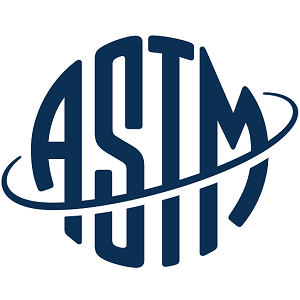


| Standard Number | ASTM E2996-20 |
|---|---|
| Organization |
American Society for Testing and Materials
|
| Level | National |
| Category | Guide | Practice |
| Status |
|
1.1 This guide provides a framework for basic workforce education in health and safety topics related to nanotechnology, to be taught at an undergraduate college level. This education should be broad to prepare an individual to work safely within one of the many areas in nanotechnology research, development, or manufacturing.
1.2 This guide may be used to develop or evaluate an education program for health and safety issues in the nanotechnology field. This guide provides listings of key topics that should be covered in a nanotechnology education program on this subject, but it does not provide specific course material to be used in such a program. This approach is taken in order to allow workforce education entities to ensure their programs cover the required material while also enabling these institutions to tailor their programs to meet the needs of their local employers.
1.3 The values stated in SI units are to be regarded as standard. No other units of measurement are included in this standard.
1.4 The immediate and long term hazards, if any, of many nanomaterials are unknown. This guide does not address concerns with consumer usage and eventual disposal of products that contain nanomaterials.
1.5 This standard does not purport to address all of the techniques, materials, and concepts associated with health and safety topics related to nanotechnology. It is the responsibility of the user of this standard to utilize other knowledge and skill objectives as applicable to local conditions or required by local regulations.
1.6 This standard does not purport to address all of the safety concerns, if any, associated with its use. It is the responsibility of the user of this standard to establish appropriate safety, health, and environmental practices and determine the applicability of regulatory limitations prior to use.
1.7 This international standard was developed in accordance with internationally recognized principles on standardization established in the Decision on Principles for the Development of International Standards, Guides and Recommendations issued by the World Trade Organization Technical Barriers to Trade (TBT) Committee.
